By Yvonne Wright • Studio YNW • The Current Contributing Writer
There is a delightful mystery and intellectual depth to the works of David Watkins Price, a Northeastern Pennsylvania artist known for his fine art prints. One cannot help but note the quality of etching and dry point techniques David has mastered, equal, I dare say, to the great printmakers of the past. There are wonderful lines, strokes and tonalities etched into the zinc plate that bring to mind the elegance of Tissot and passion of Rembrandt.
Notre Dame La Grande in Poitiers, David’s recent work, reflects the artist’s fascination with Medieval architecture, particularly of the Templars, examples of which are numerous across rural France; a country frequently visited by David through his family connections. Erected in 1086, this 11th-century Catholic church dedicated to the Blessed Mother haunts the viewer with its imposing structure in High-Romanesque style. For David, the building’s most impressive allure lies when the church is half hidden in the darkness of the night, only subtly reveled by a moonlight glow. The church’s façade, masterfully defined with broad strokes etched by acid and rich tints applied to the metal plate, is poised to convey religious spirituality while concealing much darker realities through an atmospheric play of light and shadows.
“My work is largely a landscape of symbols” explains the artist, drawn to places that are “inaccessible to the ordinary man” and holding “deep metaphorical significance” to him. All particularly true when gazing at Notre Dame La Grande in Poitiers. This deeply moody etching is indeed a magical door through which David connects with the past; an intricate story depicted with monochromatic iconography, a piece of art for the initiated in the arcana of the sublime – and David Price is a grand master of it.
An etching is a printmaking technique that has been known in Europe since the Middle Ages, becoming a fine art medium in the mid-1400s. Etching is a process of creating an image on copper, zinc or steel plate by the corrosive action of an acid. When protective varnish on the surface of the plate is scratched off to expose bare metal, the biting action of the acid etches these lines into the plate. After the plate is cleaned and inked, a moistened sheet of paper is placed over it, and high printing pressure is applied to it. Paper picks up the ink from the recessed grooves of the metal plate, producing an impression called an etching. This printmaking technique is still widely practiced today by fine art artists.
For decades the Pratt Institute of New York graduate made Jim Thorpe his home, where the artist’s printmaking studio was located on the main floor of his house at 29 Race Street. Over the years, he exhibited extensively at the Anita Shapolsky Gallery in Jim Thorpe, the George B. Markle Gallery in Hazleton, the Gallery of the State Theater in Easton, St. John’s University in New York City, and Wilkes University’s Sardoni Gallery in Wilkes Barre, to name but a few. Several of David’s works have landed in prestigious public collections like the Belin Collection (PA), the Governor Robert Casey collection (PA) and the Gubelmann Collection (NY).
Last year, David and his partner Blaine moved to nearby Bethlehem, settling down in a charming, 18th-century stone barn painstakingly renovated over the years. Surrounded by nature and in one of Pennsylvania’s oldest heritage sites, David has also gained a lot more working space for his art in his marvelous new digs.
You can contact the artist here: threemountains@gmail.com





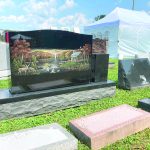
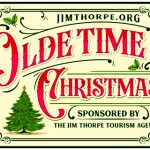



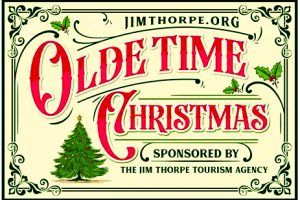

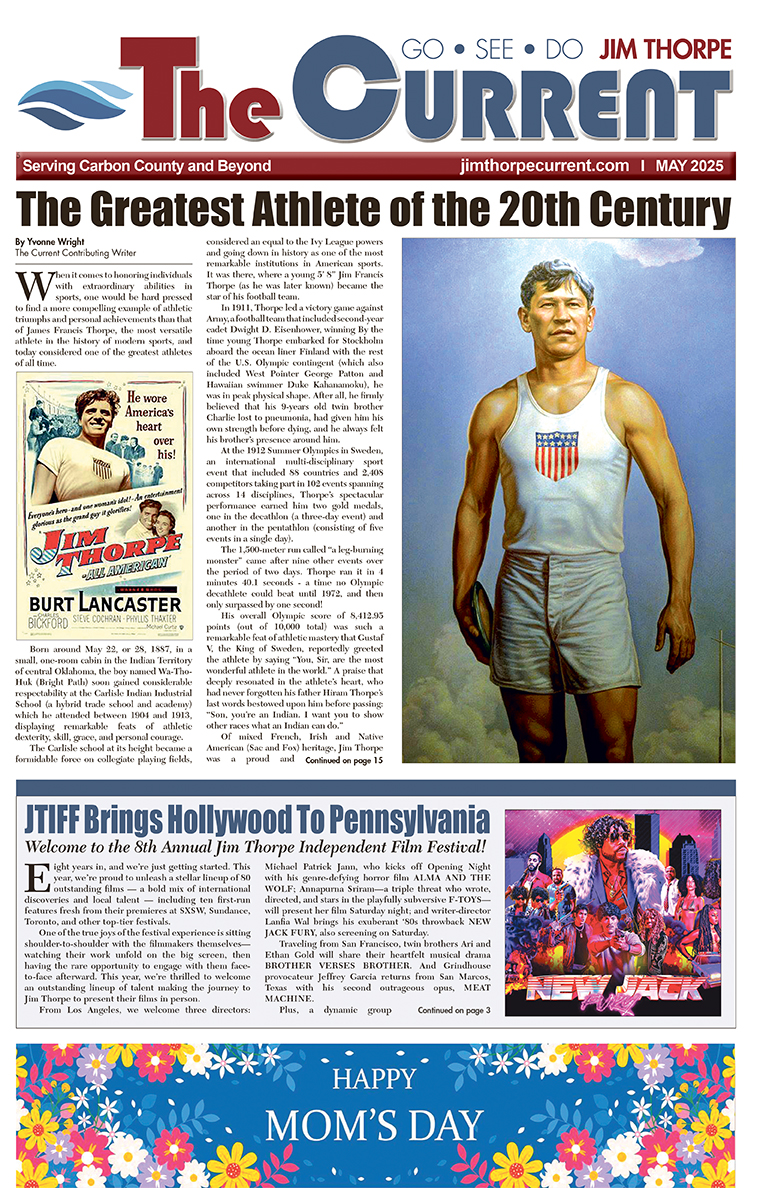
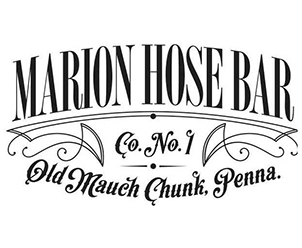
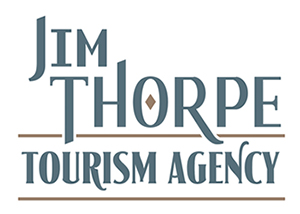
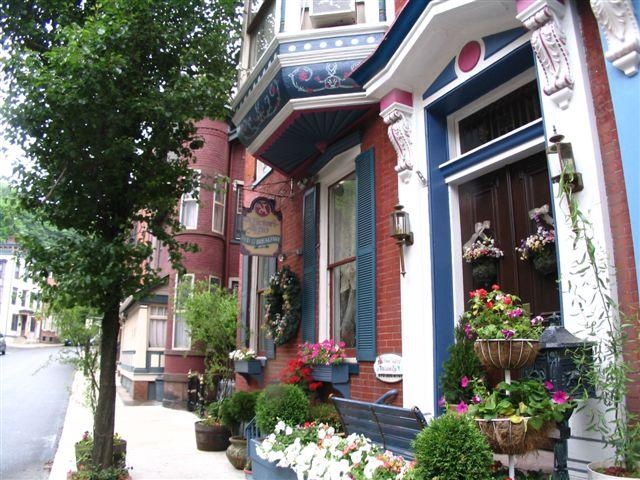











Add Comment